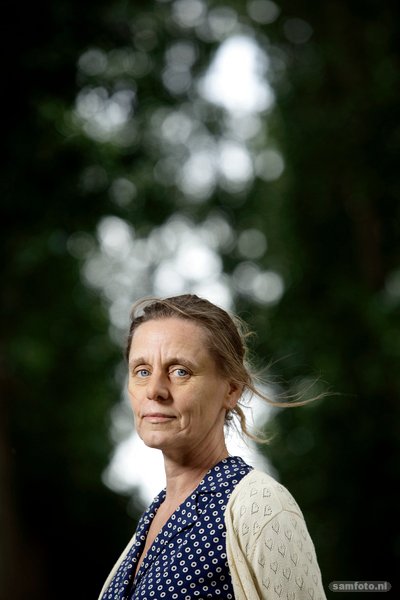‘Look down on Earth as though we were aliens’
There are planets revolving around most stars in the sky. Many of these so-called exoplanets are small and rocky, like our Earth. Dr Daphne Stam wants to use her instrument, Loupe, to gain new insight into the atmospheres and surfaces of these exo-Earths.
A milk carton. That's roughly the size of Loupe (Lunar Observatory for Unresolved Polarimetry of Earth). And thanks to its small size, it should be possible for the instrument to piggyback onto one of the many missions to the moon planned by space agencies and companies. At least that’s what AE’s Dr Daphne Stam is hoping for, anyway.
From the moon, the instrument will observe the atmosphere and surface of... the earth. Loupe will measure the sunlight reflected by the earth. “Indirectly, it will help us to better understand the properties of exoplanets,” explains Stam.
Researchers can gather a lot of information from the polarisation state of the light
“From the moon you can see the whole Earth at once, in one shot. In the same way that large ground-based and space telescopes currently being designed will observe exoplanets. This would give us information about the colour and the polarisation state (vibration direction) of the earth’s light, which we could use as reference material for future observations of exoplanets. We know the composition of the earth's atmosphere, the distribution of the oceans and continents, and the behaviour of the clouds. We’ll look down on Earth as though we were aliens.”
That’s necessary, because we only pick up very little light from exoplanets. Scientists can use earth measurements to find out how they can optimise exoplanet measurements.
Researchers can gather a lot of information from the polarisation state of the light. It is very sensitive to the properties of a planetary atmosphere and surface. Water clouds, for example, emit a strong 'rainbow' signal under a very specific angle of reflection, and the polarization signal of surface water should, in turn, be strongly dependent on angles and colours.
Loupe was developed in collaboration with astronomers from Leiden University. Traditional instruments that measure polarisation use rotating discs with filters that each allow light to pass through with a different polarisation direction. But rotating parts should be avoided as much as possible in space travel, as they can easily jam. Leiden astronomers Frans Snik and Christoph Keller developed a new measuring technique based on static crystals that allow light to pass through in different ways each time, depending on the polarisation direction. As such, Loupe is small, robust and precise.
